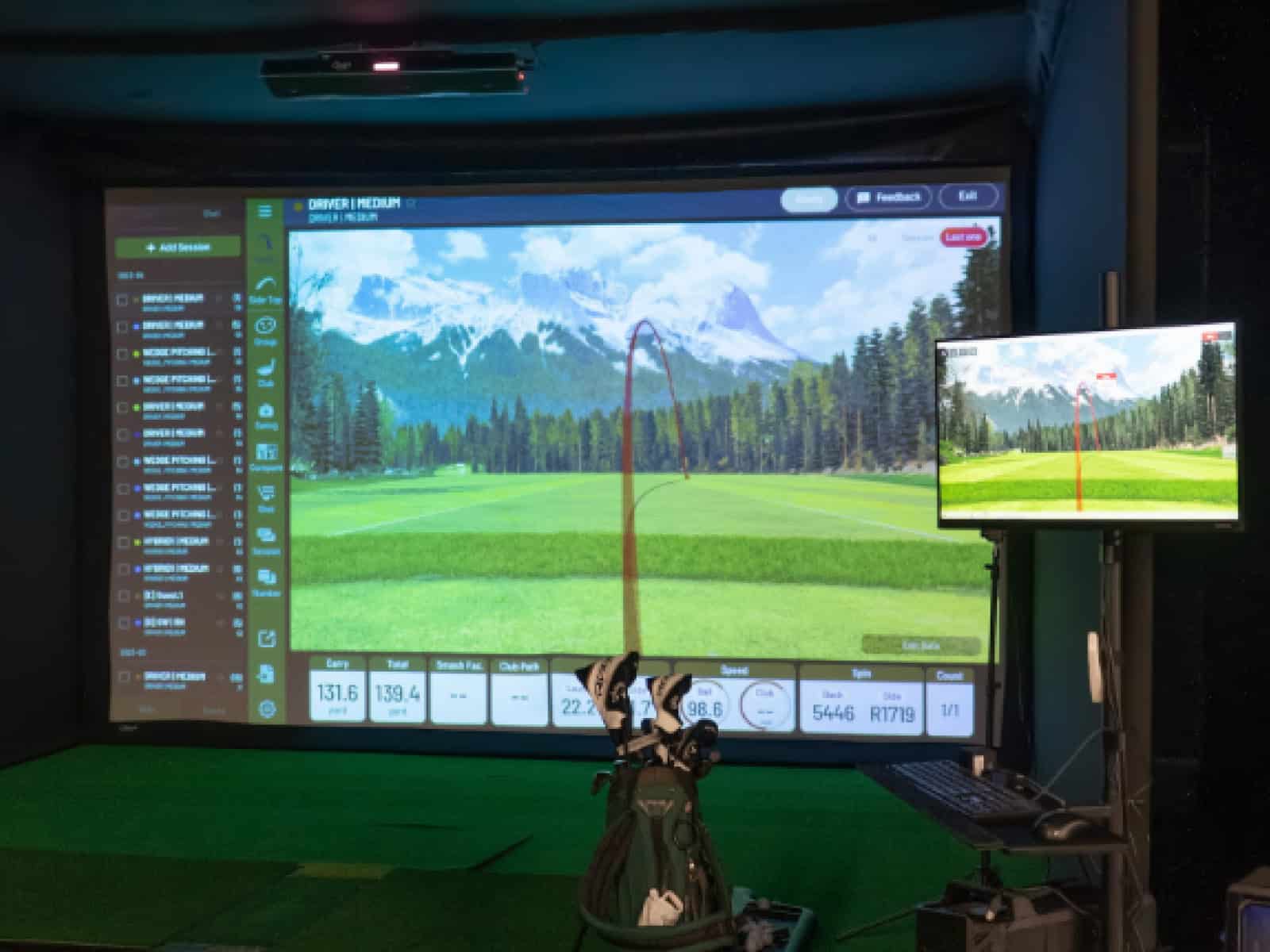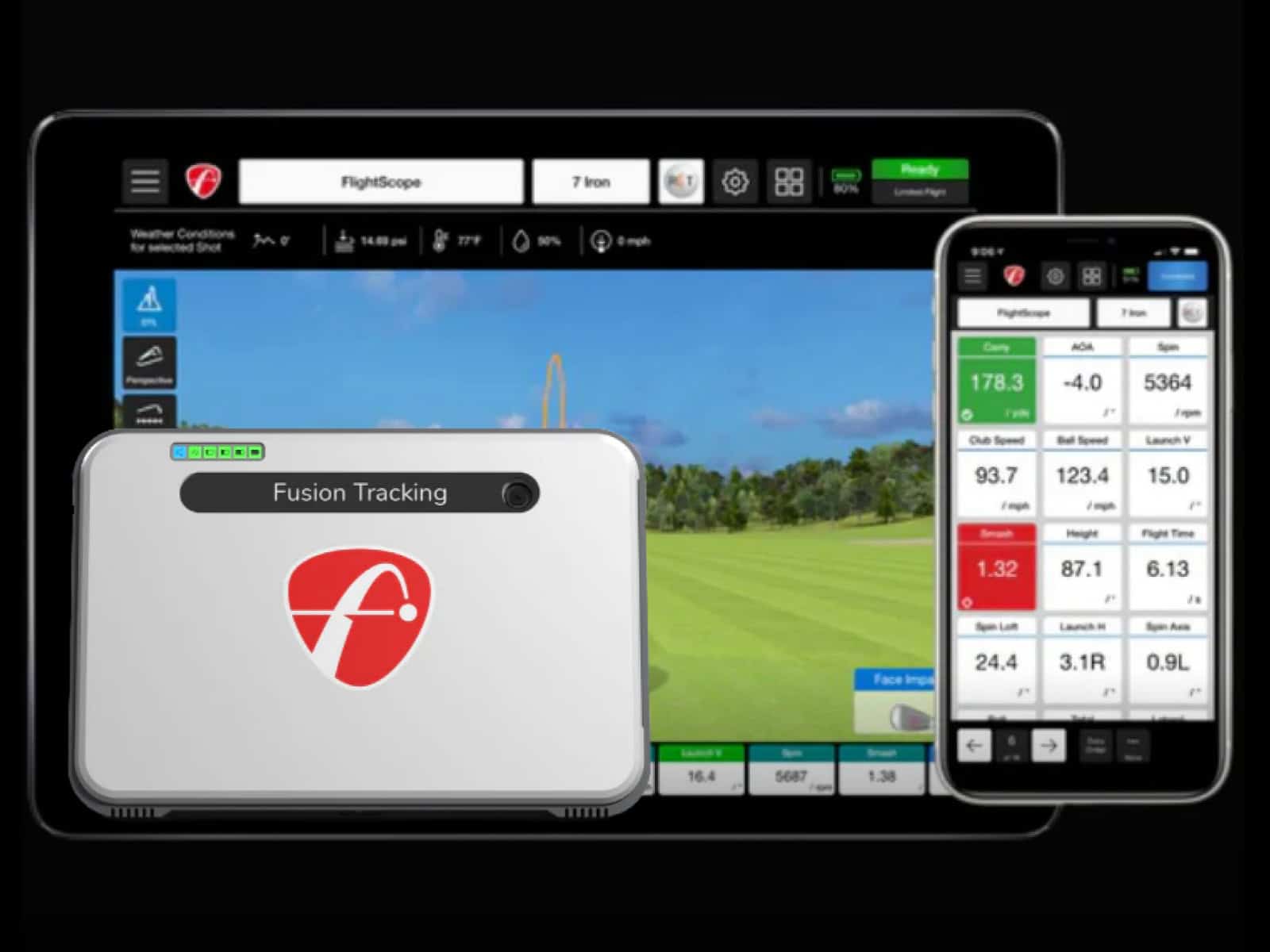Setting up a golf simulator can feel like piecing together a complex puzzle, with each component playing a vital role in your virtual golfing experience.
You might be wondering if a computer is truly a non-negotiable part of that setup. Is it merely a luxury, or the very heartbeat of your simulator?
This article will walk you through the undeniable influence of a computer on your golf simulator, clarifying its essential functions and helping you make the right decisions for your ultimate indoor golfing space.
The Role of a Computer in Golf Simulator Setups
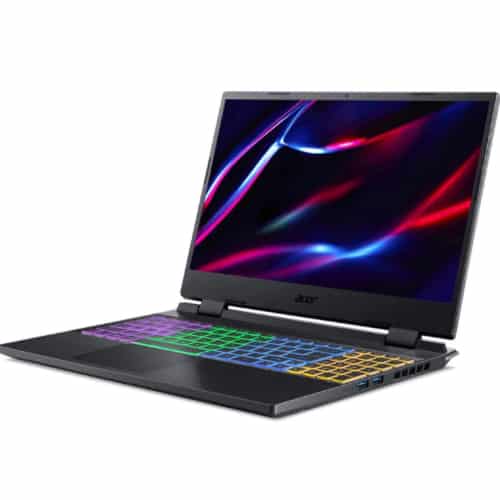
Golf simulators, at their heart, are complex systems. Think of a computer as the brain of your entire setup. It’s the engine that powers every virtual swing, every simulated course and every data point.
Core Functions: Processing Power and Software Integration
The computer handles intricate calculations for ball flight physics, accurately replicating how your shot would behave on an actual course. Beyond that, it renders stunning, high-fidelity graphics, transforming your hitting bay into a virtual Muirfield or Pebble Beach.
It also acts as the central hub, integrating all your hardware components, from launch monitors to projectors, into one cohesive system. A powerful processor and ample RAM are critical here; they ensure your simulation runs smoothly, without frustrating lags or stutters.
Software Compatibility and Performance

Golf simulator software, such as the popular E6 Connect, relies heavily on a computer to function. Your computer processes all the visual data, from the lush fairways to the challenging greens, ensuring that your virtual ball flies realistically across the screen.
This processing power impacts everything: how quickly a new course loads, how fluidly your club swings appear, and the overall responsiveness of your simulator. A powerful computer ensures that your virtual round feels as natural and immediate as the real thing, minimizing any delays that could pull you out of the moment.
Data Analysis and Storage Capabilities
Perhaps one of the most important contributions of a computer to your simulator is its ability to collect, analyze and store crucial data. Every swing you take, every ball you hit, generates a treasure trove of information. Your computer meticulously records ball speed, launch angle, spin rates, clubhead speed, and more.
This wealth of data allows you to track your progress over time, pinpoint exactly where your swing might be breaking down and revisit past sessions to identify trends.
Understanding Launch Monitor Technology and Computer Dependence
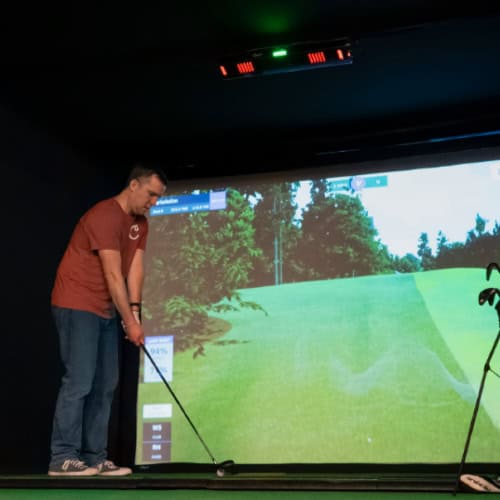
So, you understand a computer is the brain. But what about the eyes and ears of your simulator – the launch monitor? These devices capture your swing and ball data, translating it into the digital world. The type of launch monitor you choose directly impacts how much your setup leans on that central computer.
Overhead Systems: A Closer Look at Computer Integration
Consider overhead camera-based systems, like the highly praised TruGolf Apogee or the Uneekor EYE XO2. These aren’t just taking a snapshot; they’re deploying sophisticated “Instant Impact” algorithms and high-speed video analysis.
This means they’re constantly processing massive amounts of visual data to pinpoint your club path, face angle and ball launch dynamics.
While you might use voice commands to switch clubs or advance holes, the computer does the heavy lifting, crunching numbers and rendering the on-screen display. Without a powerful PC, these systems couldn’t provide the detailed metrics and immersive experience they promise.
The TruGolf Apogee: A Prime Example of Computer-Driven Performance

The TruGolf Apogee is an elegant piece of engineering, but its brilliance relies on robust computational power. The Apogee boasts AI voice control (“Hey APOGEE!”), a feature that feels almost futuristic. This hands-free control lets you navigate E6 Connect software with ease.
However, remember that E6 Connect is the very application running on your computer. So, while your voice commands feel simple, they’re merely instructions for the software that the computer is actively executing.
Scenarios Where a Computer is Indispensable
If you’re aiming for anything beyond a rudimentary practice session, a powerful computer becomes less of a luxury and more of an absolute necessity. Certain experiences simply can’t exist without that computing horsepower.
High-End Commercial and Home Simulator Setups
Step into any top-tier golf performance center, or a premium home simulator, and you’ll find a robust computer at its core. These setups aren’t just about swinging a club; they’re about delivering an experience that mirrors the realism of the golf course, coupled with detailed analytical insights.
This demands serious processing power to render stunning 4K graphics, process complex ball flight data in real-time and manage extensive libraries of world-renowned courses. Without a high-performance computer, achieving this level of fidelity and data accuracy is impossible. You wouldn’t expect a finely tuned sports car to run on bicycle pedals, would you?
Utilizing Advanced Features and Customization
This is where the computer truly earns its stripes. Imagine hosting a virtual tournament with friends scattered across the globe. Or perhaps you want to meticulously analyze your swing plane from every angle, comparing it to professional models. Maybe you dream of customizing your virtual course down to the last tree.
These are features readily available in modern golf simulation. Multiplayer modes, online competitions, sophisticated swing analysis tools, and granular course customization options all rely on the computational muscle of your PC. It’s the gateway to unlocking the full potential of your simulator, transforming it from a simple hitting bay into a versatile training ground and entertainment hub.
Optimizing Your Computer for Golf Simulator Performance
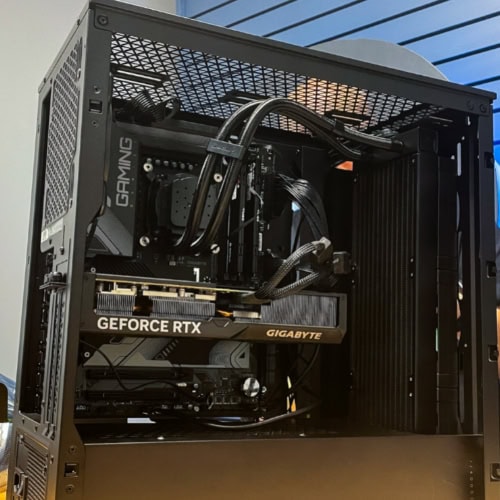
Think of your computer’s specs as the horsepower under the hood of a high-performance sports car. Every component plays a role in how smoothly your simulator runs. Skimp here, and you might find yourself facing choppy graphics, slow loading times or inaccurate data processing.
Processor (CPU) Considerations
The CPU is the brain’s main control center, handling countless calculations per second. For simulators, a modern multi-core processor is crucial.
Think of rendering a detailed golf course while simultaneously processing ball flight data from your launch monitor. A powerful CPU ensures all these operations happen without a hiccup, keeping your virtual swing responsive and accurate.
Graphics Card (GPU) Requirements
If the CPU is the brain, the graphics card (GPU) is the artist. This component is solely responsible for rendering the visually stunning golf courses and smooth animations that make a simulator feel real.
Integrated graphics, often found in basic laptops, won’t cut it. You need a powerful, discrete graphics card with its own dedicated memory. This allows for breathtaking visuals, from the subtle undulations of the green to the realistic flight of your ball, all without tearing or lag. Look for GPUs designed for gaming; they have the muscle required for intense graphical workloads.
Memory (RAM) and Storage Needs
RAM, or Random Access Memory, is your computer’s short-term memory. It allows your system to access data quickly, crucial for multitasking and fast game loading. Ample RAM ensures that your simulator software, course files and operating system can all run efficiently without bogging down.
Furthermore, opt for an SSD (Solid State Drive) over a traditional HDD (Hard Disk Drive). SSDs (especially modern NVMe drives) dramatically reduce load times, meaning you spend less time waiting for courses to load and more time perfecting your swing. It’s the difference between a leisurely stroll and a sprint when it comes to accessing your digital world.
Frequently Asked Questions
Here are some common questions about golf sims and computers, answered by our team to ensure you get everything you need to make the best choices about your setup components.
What is the minimum internet speed needed for a golf simulator?
Most simulator software runs locally on your computer, so internet speed isn’t critical for basic gameplay. However, for online multiplayer modes, course downloads and software updates, a stable broadband connection of at least 25 Mbps is recommended. Cloud-based features and streaming high-quality course content may require faster speeds of 50+ Mbps for optimal performance.
Can I use a Mac for my golf simulator, or is a PC required?
While some simulator software supports Mac, the vast majority of programs (including GSPro, TGC 2019, and E6 Connect) are designed for Windows PCs. Mac compatibility is limited, and you may need to use Boot Camp or virtualization software to run Windows-based simulator programs. For the best compatibility and performance, a Windows PC is strongly recommended.
Do I need a dedicated graphics card for my golf simulator, or will integrated graphics work?
A dedicated graphics card is essential for a quality golf simulator experience. While integrated graphics might handle basic mobile apps, they cannot deliver the smooth frame rates and visual quality needed for immersive simulation software. Minimum recommendation is an NVIDIA GTX 1650 or equivalent, with RTX 3060 or better preferred for 1080p gaming and RTX 3080+ for 4K resolution.
How important is processor speed for golf simulator performance?
Processor speed is crucial for golf simulators as the CPU handles real-time data processing from launch monitors and complex physics calculations. A minimum of Intel Core i5 or AMD Ryzen 5 with at least 6 cores is recommended. For optimal performance, especially with 4K resolution or multiple accessories, an Intel i7 or AMD Ryzen 7 processor provides better future-proofing and smoother operation.
Can a laptop be used for a golf simulator instead of a desktop computer?
Yes, a gaming laptop can work well for golf simulators, especially if portability is important. However, desktops typically offer better value, easier upgrades and superior cooling for sustained performance. If choosing a laptop, ensure it meets the same specifications as a desktop: dedicated graphics card, sufficient RAM (16GB+) and proper cooling to handle extended gaming sessions.
What operating system is best for golf simulator software?
Windows 10 or newer is the best operating system for simulators. Nearly all professional simulator software is optimized for Windows, and it offers the broadest hardware compatibility. While some mobile apps work on iOS/Android and limited Mac support exists, Windows provides access to the full range of simulator software and features.
Final Verdict – Do You Need a Computer for Your Golf Simulator?
The answer to our question, like a well-played fade, depends on your desired outcome. For basic simulation, you can indeed use a smart device like a phone or tablet, or even an all-in-one unit such as the Garmin R50, which has an onboard processor and display. These options offer a taste of indoor golf, but they come with trade-offs: reduced visual fidelity, less realistic ball physics and limited data tracking and features.
However, if you’re aiming for a truly immersive, accurate and feature-rich golf simulator experience, a powerful computer is not just an option—it’s a fundamental requirement. High-end systems and professional setups universally rely on robust PCs or gaming laptops. These powerful machines handle the complex calculations, render stunning graphics and manage all the intricate processes that elevate a simulator from a simple practice tool to a sophisticated training and entertainment space.
If you still have any questions or comments, please contact us.


